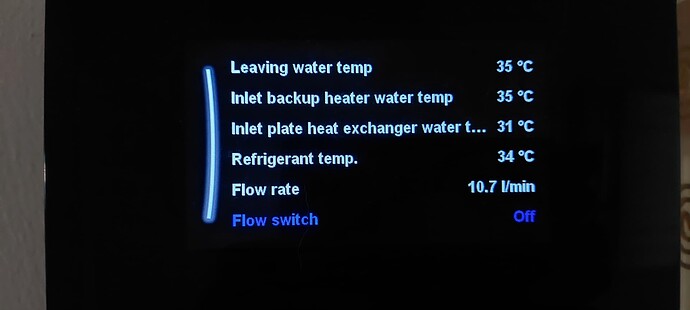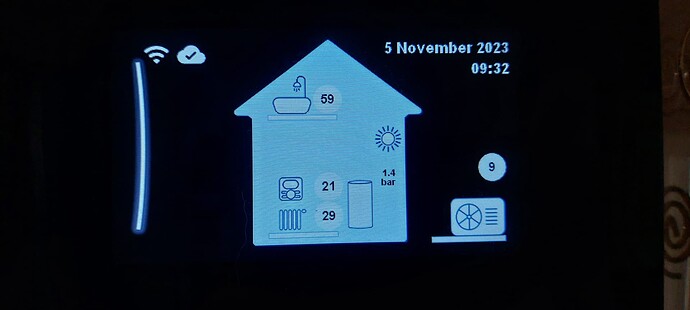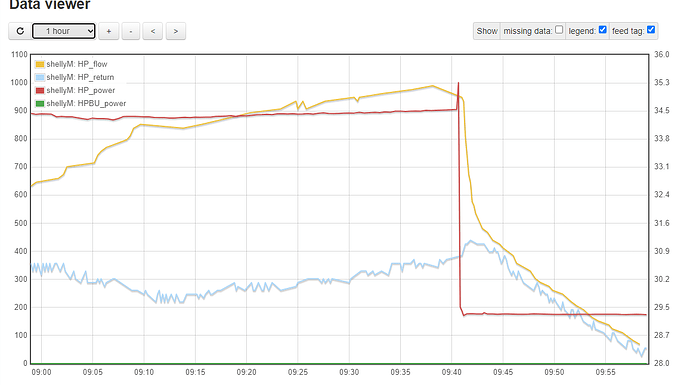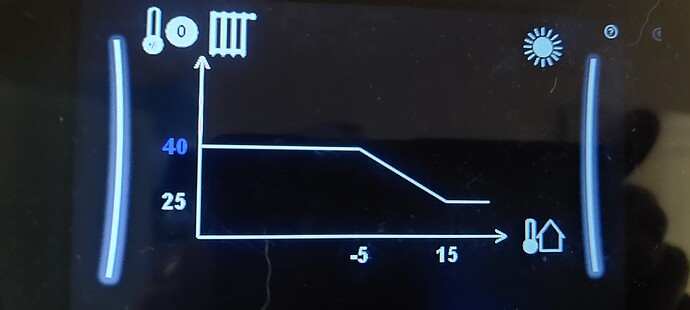I think this is the basic problem/error by Octopus. Specifying a system to run at 50/45 means specifying a low efficiency system. Sure the heat pump can do this - especially if it is oversized.
However you will find the the most efficient units (lowest running costs and carbon footprints) on Heatpumpmonitor.org all run at something closer to 35/30, most but not all with underfloor heating, I know of at least two who achieve these numbers with standard radiators. Now with rads that does mean a large increase in size which might not always be possible or desirable. In my bedrooms I have not changed my rads - so they are undersized I know, but I do not like hot bedrooms so it is not a problem and anyway if my downstairs is warm it gives some underfloor heat to the upstairs. Downstairs I have massively increased the radiator sizes and used fan assisted radiators as well when I wanted them to be less visible - my aim was 40/35 on the coldest days.
Just to clarify - my 4.6kw minimum is on continuous running. You can get lower with cycling on and off but it seems that the Daikin units are not that efficient when cycling (other units are much better at this if you look at Heatpumpmonitor.org). The Daikin control theory does allow many variables to be changed and I suspect this is to try and get the units running continuously. So if you set them up to get continuous running you will achieve efficiencies close to the best of the other systems.
All the best to you both!



